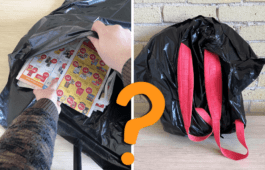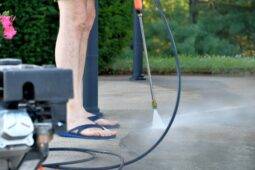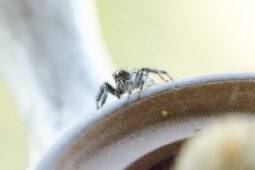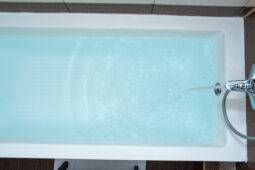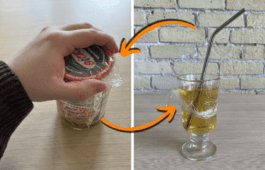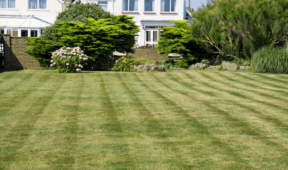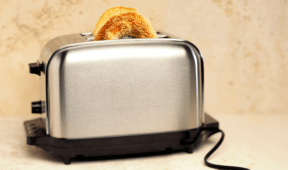5 Common Household Items That Could Be Making Your Allergies Worse
Allergy season can feel like a never-ending battle, and it’s not just the pollen outside that you need to worry about. Some of the items we use daily in our homes could be making your symptoms worse without you even realizing it. From dusty old pillows to fragrant cleaning products, common household items could be the culprits behind your sneezing, itchy eyes, and congestion. But don’t worry! In this article, we’ll walk you through 5 surprising household items that could be triggering your allergies and show you how to tackle them.
1. Air Fresheners and Scented Candles
Air fresheners and scented candles are often seen as the go-to solutions for creating a cozy, pleasant-smelling home. But those lovely fragrances? They could be triggering your allergies. Many air fresheners, candles, and even plug-ins contain synthetic chemicals that can irritate your respiratory system, leading to sneezing, congestion, and coughing. Plus, they can worsen asthma symptoms in people who are already sensitive to allergens.
The good news is that you don’t have to give up on pleasant aromas completely. Try using natural alternatives like beeswax candles or essential oil diffusers with scents like lavender or eucalyptus, which are known to be less irritating to the airways. If you prefer to freshen your home without scents, consider using an air purifier to reduce airborne allergens instead.
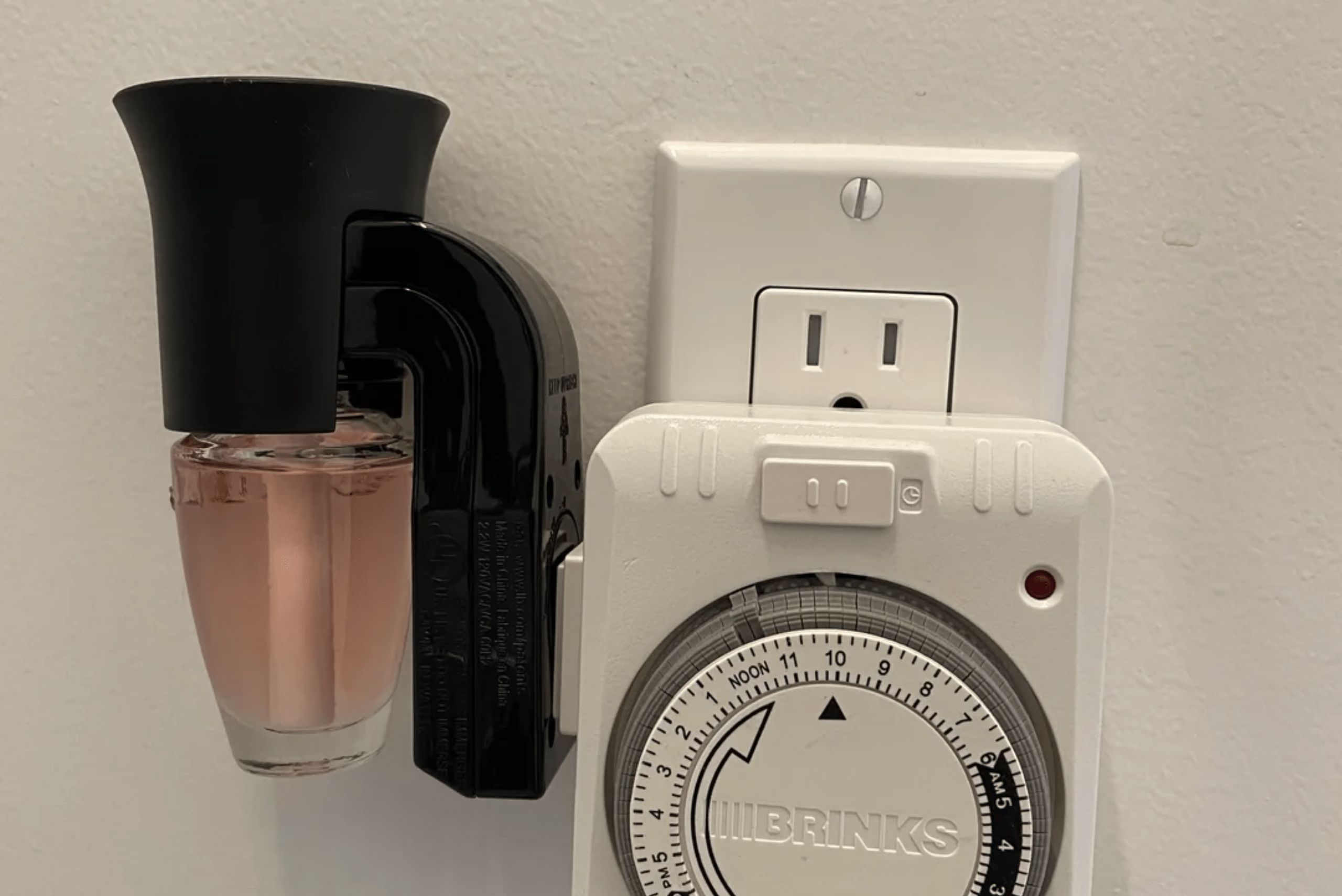
2. Carpets and Rugs
Who doesn’t love a plush carpet underfoot? While it may look and feel great, carpets are notorious for trapping dust, pet hair, mold, and even pollen. Every time you walk across the floor, tiny allergens get kicked up into the air, triggering those familiar allergy symptoms. Even if you don’t have pets, allergens can accumulate over time, making it hard to keep the air in your home allergy-free.
To cut down on allergy triggers, consider switching to hard flooring like hardwood or tile, which is much easier to clean and doesn’t trap allergens. If you can’t live without your carpets, make sure to vacuum regularly using a vacuum with a HEPA filter to trap small particles. A professional deep clean every once in a while can also help reduce allergens lurking deep in the fibers.
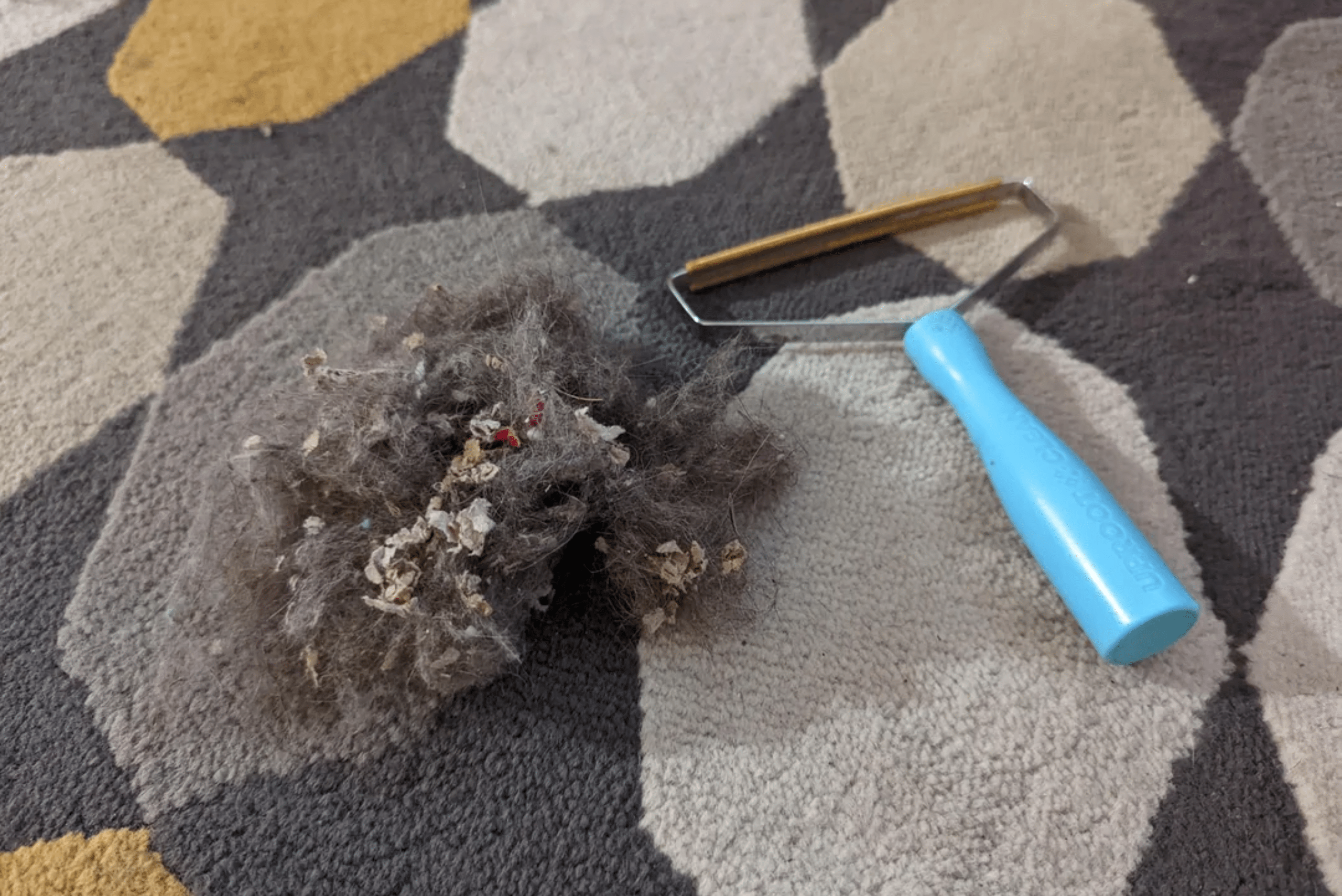
3. Your Pillow and Bedding
It’s tempting to curl up with a fluffy pillow at the end of a long day, but did you know your bedding could be causing a lot more than sweet dreams? Over time, pillows, comforters, and blankets collect dust mites, pet dander, and even mold, all of which are major allergy triggers. These microscopic critters thrive in the warm, moist environment created by sweat and body oils, making your sleep space the perfect haven for allergens.
To avoid exacerbating your allergies, wash your pillowcases and bedding regularly in hot water (at least 130°F) to kill dust mites and other allergens. If you’ve had your pillow for years, it might be time to replace it with one that’s hypoallergenic, and don’t forget to wash your comforter and sheets every week. A little cleaning goes a long way in making sure your bed stays a place for rest, not for sniffles.
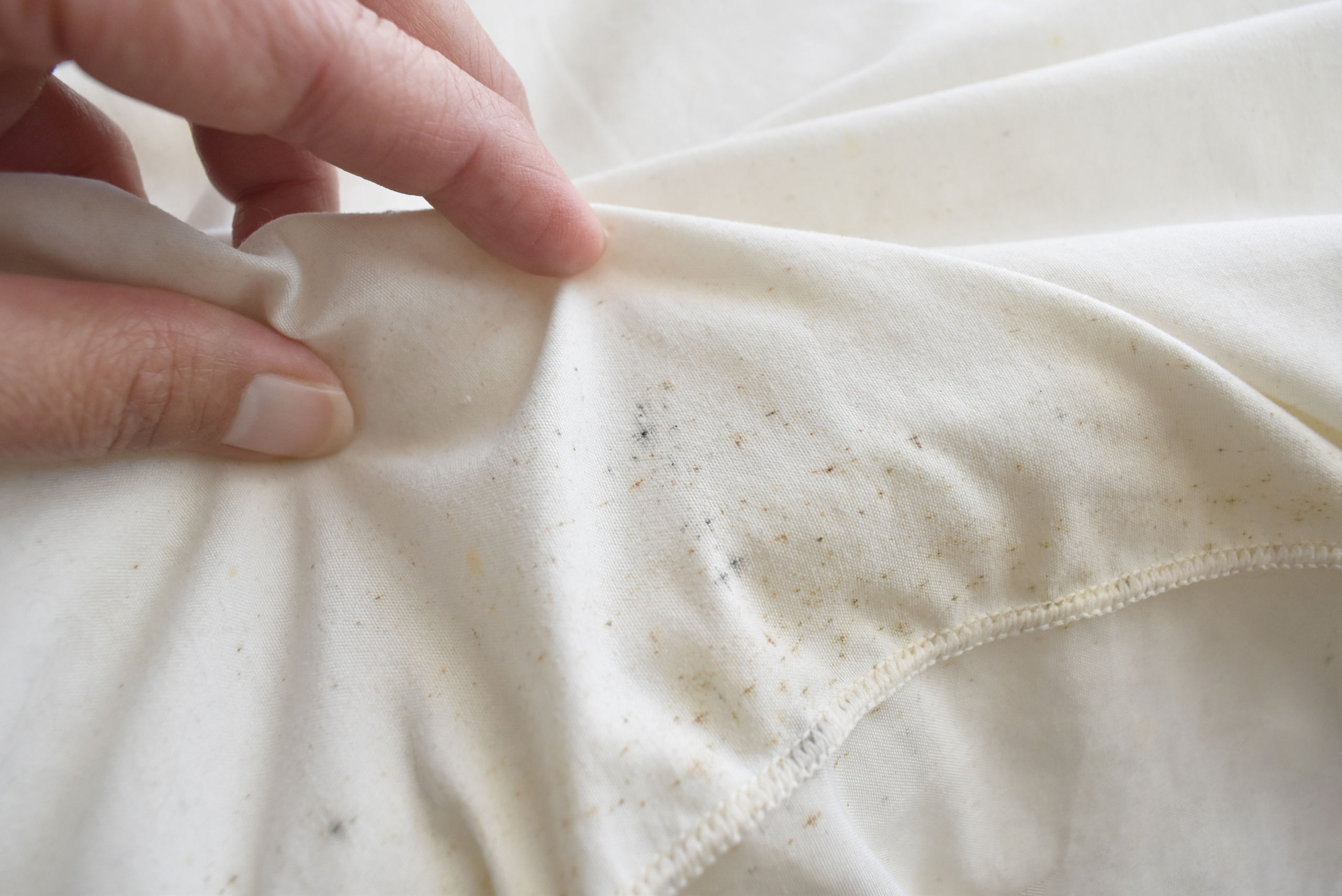
4. Cleaning Products
It might seem like your cleaning products are doing their job by making your home sparkle, but many of the chemicals in conventional cleaning supplies can irritate your respiratory system and worsen allergies. Products with ammonia, bleach, and artificial fragrances are known to cause sneezing and other allergy symptoms. Plus, they can release fumes that linger in the air long after the cleaning is done.
The solution? Swap out your harsh chemicals for natural, eco-friendly cleaning products. You can easily make your own with ingredients like vinegar, baking soda, and lemon juice. Not only will your home smell fresher, but you’ll also be helping your allergies by cutting down on the chemicals you’re exposed to. And for those tough spots, try using a microfiber cloth to reduce dust and allergens while you clean.

5. Houseplants
Houseplants are a great way to add life and color to your home, but for allergy sufferers, they might not be the best choice. Some plants, particularly flowering ones, release pollen into the air, which can aggravate allergy symptoms. Mold can also grow in the soil of your plants, releasing spores that can trigger asthma and other respiratory issues.
If you’re a plant lover, don’t panic, as there are allergy-friendly options! Consider opting for plants that are less likely to produce pollen, such as spider plants or peace lilies. Be sure to keep plants in a well-ventilated area and regularly clean their leaves to remove dust and mold. If you’re really sensitive, it might be best to limit the number of plants in your home or place them in an outdoor garden where they can thrive without affecting your indoor air quality.
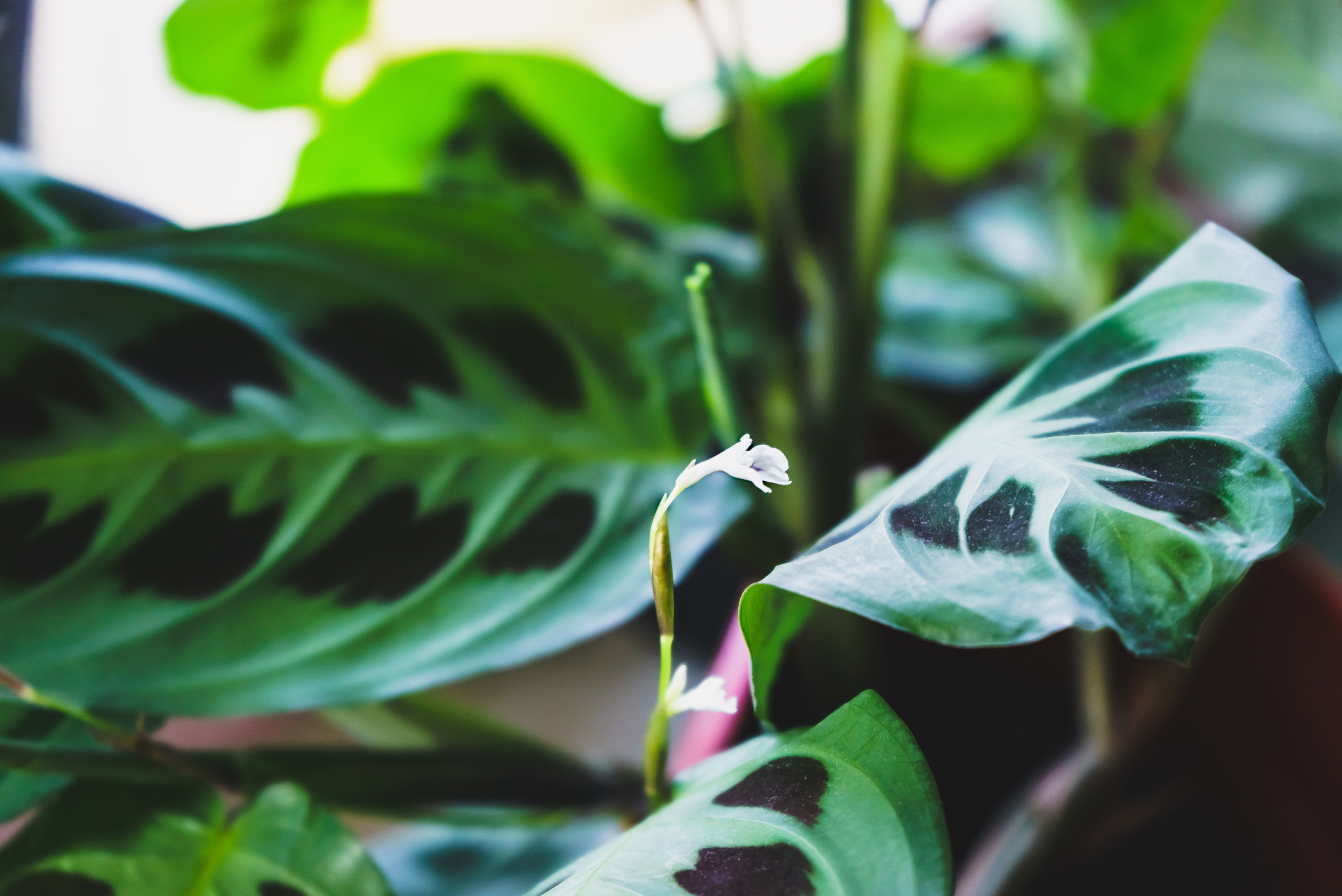
Related Articles
- Why You Should Be Cleaning Your Vacuum Regularly
- Do This For An Allergy-Free Home
- Why You Should Be Vacuuming Your Walls (Yes, Really!)
Your home should be a haven, not a source of sneezing and stuffy noses. By paying attention to these common household items and making a few simple changes, you can significantly reduce your allergy symptoms and create a more comfortable living space. Whether it’s swapping out cleaning products or replacing that old pillow, small changes can make a big difference in how you feel. Breathe easier, sleep better, and enjoy your home allergy-free. Your sinuses will thank you!

